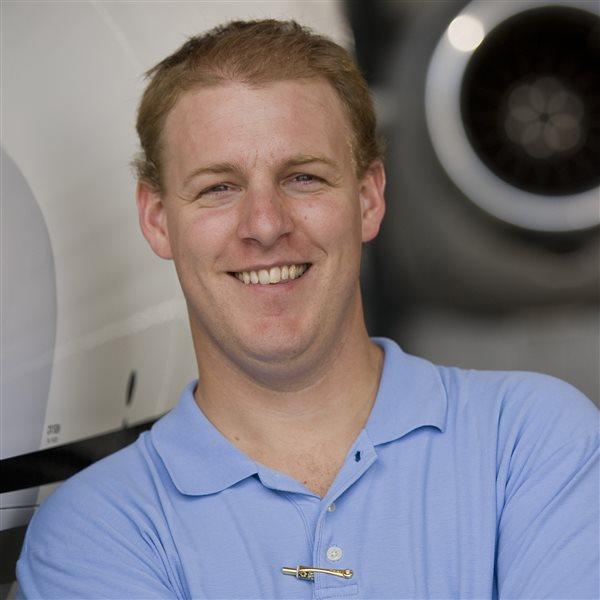Do it yourself
Get your hands dirty

Aviation maintenance technicians are highly trained, extremely knowledgeable professionals who keep us safe through regular inspections and proven repair techniques. But they aren’t the only ones who can work on an airplane. The regulations allow the owner and operator of the aircraft a hefty amount of leeway to do everything from changing the engine oil to replacing the interior.
Part 43 of the federal aviation regulations details maintenance requirements and procedures. Appendix A of that section includes a list of 31 items that an owner and operator holding a private pilot certificate or higher can do to an airplane. Some are to be expected, such as changing the engine oil, and some are surprising, such as replacing certain fuel lines and windows.
Since you would be working under the maintenance regulations, it helps to think like a mechanic. That means you need the right tools, parts, and manuals to do the job. In fact, the regulations require it. It also means you have to be properly trained. Under FAR 43.13, every person who performs maintenance on an aircraft must do so under the approved provisions of the manufacturer’s requirements. The best way to ensure you’re doing the job correctly is to first do it under the tutelage of an experienced mechanic.
One of the ways to get that experience is to shadow a mechanic in the shop, which you can do while still a student. And if you’re the aircraft owner, even better. Ask to do an owner-assisted annual, and if the technician agrees, you’ll become familiar with every square inch of the airplane. Even if all you do is remove and reinstall inspection plates, you will have the experience of seeing inside the structure, and looking over your mechanic’s shoulder to see what they are doing.
Happy wrenching.



